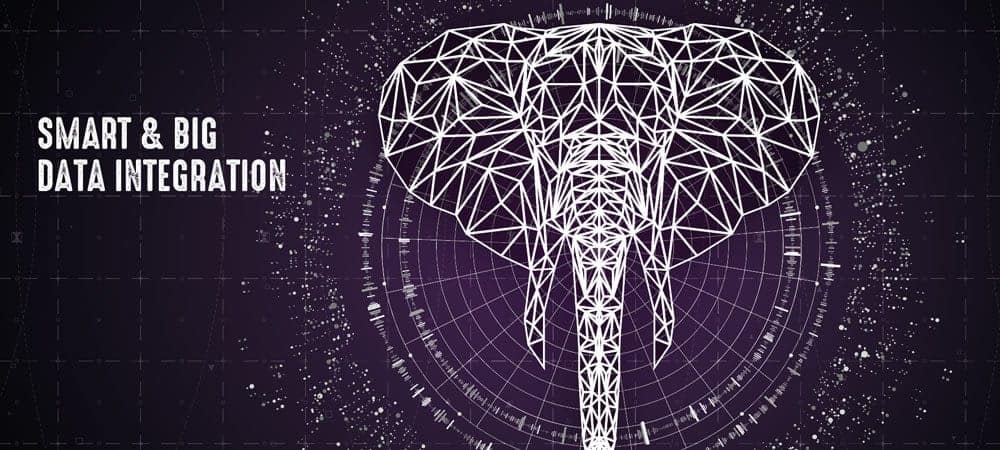The Future of Analytics with SAP


To ensure sustainable business success, three things are essential: agility, value creation and continuous innovation. For the IT infrastructure, this means creating the conditions for efficient data management and providing modern evaluation and analysis options, especially in view of the constantly increasing volumes of data in companies. Data warehouses have established themselves as platforms that collect, condense and secure data from a wide variety of sources and make it available for analysis.
Powerful connection
Against this background, SAP DWC, together with SAP Hana Cloud, SAP Analytics Cloud (SAC) and SAP Data Intelligence Cloud, forms SAP's data-to-value portfolio. Among other things, both cloud and on-premises data sources can be integrated. The Data Flow component also offers ETL functionalities to extract data from a wide variety of sources, transform it and finally store it in local tables in the DWC. In addition, with the Data Builder and the Business Builder, there are two separate areas for data modeling in the DWC, and it also provides some business content data models that can be made available for standard use cases with just a few clicks.
With DWC, SAP is also attempting to take a decisive step in the direction of self-service data warehousing. Here, IT continues to have sovereignty and responsibility for uniform, standardized data models. At the same time, however, it receives support in data management, because the business department can take the final step toward reporting on its own and independently. If implemented correctly, this increases agility and accelerates analytics developments in companies. In terms of a "data shopping" experience, data is available to end users in a simple, guided form. Reusable analytic data models can answer various business questions.
The openness of the application is based on the combination with the SAC as a so-called first-class consuming citizen. With just a few clicks, the connection between the DWC and the SAC is set up, which means that the data of the activated analytical data models of the DWC can subsequently be used via a live connection. Users can also access the data with third-party tools such as Tableau or Power BI. Last but not least, the DWC is to be established in the future as a central data hub for planning scenarios in combination with the SAC, including a retraction of forecast and plan data towards the DWC. In the long term, it should also be possible to use the DWC on all common hyperscaler clouds.
Perfect symbiosis
Since SAP provides the DWC as SaaS, customers no longer have to worry about product updates and new releases themselves - at the same time, the automatic and central updating by SAP ensures permanent improvement and optimization of the product. The new Space-as-a-Service construct also makes isolated units or even separated logical layers in theDWC possible. Another interesting aspect is that end users can use the Business Builder to independently create business entities for reporting. Through the link with SAC, the uniformity of user interface and usability of the two applications creates a perfect symbiosis. Therefore, SAC is the front-end tool of choice for consuming DWC data models.






